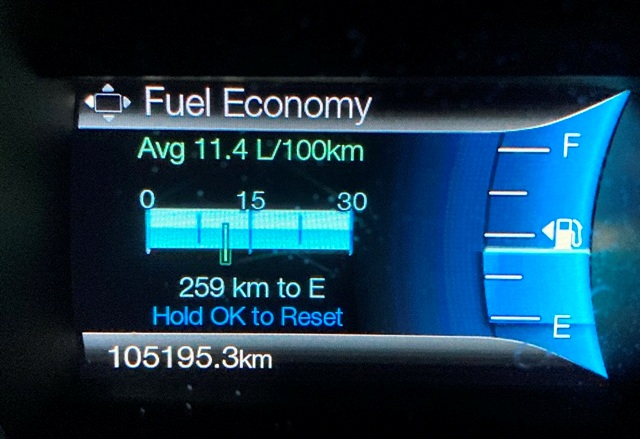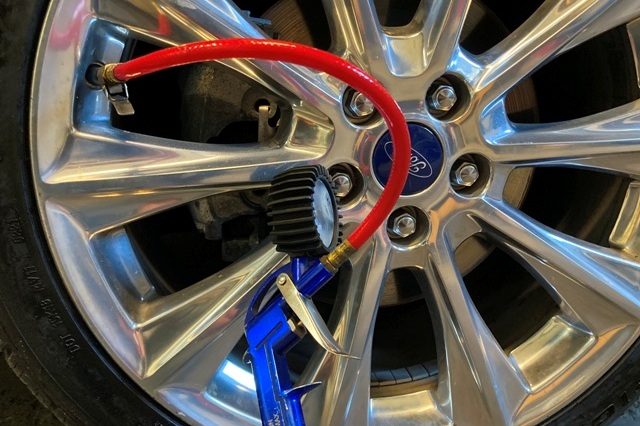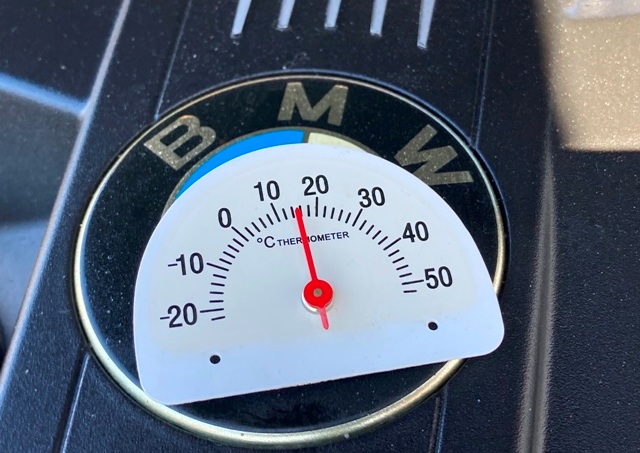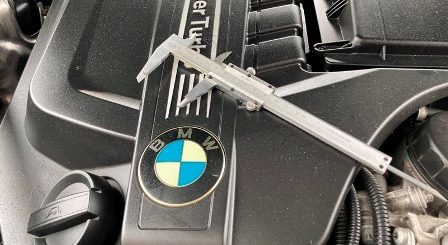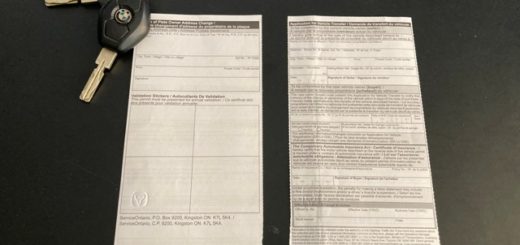How to Save on Gas in Ontario Guide
How to Save Money on Fuel in Ontario
Gas prices has gone crazy lately and it looks like it’s not going to get any better any time soon: starting with global markets and inflation pushing fuel prices up and finishing with progressively added taxes (for your benefit, of course).
Saving on everything has become a necessity and fuel costs being a big steady monthly expense is up there at top of the list. Anyways, you got to drive to work and can’t completely eliminate your fuel bill but at least there are few painless actions you can take to raise fuel economy, find lower prices and save some money for a rainy day, that’s probably tomorrow.
Some fuel saving tips are clichés but just in case will list them too, you never know. Also, that “don’t drive a car but take public transit” kind of thing, cannot be considered fuel savings as most people need to drive, so it’s not on the list.
1. Choose the Right Fuel Grade
Do not buy premium fuel if your car manufacturer recommends regular gas or states that your car can work fine on regular gas, you will only hurt your wallet paying for premium gas and gain absolutely nothing in return.
Premium gas has 20 cents per liter difference in price compared to regular fuel in Ontario and a gas tank of 60 liters will cost at least $12 more to fill up. Image below shows difference in price between different fuel grades in Toronto. Price difference between regular gas and premium gas is ridiculous to say the least and a rip off to say the most.
Premium fuel is not cleaner, nor faster, nor better, nor whatever: premium fuel has a different octane rating and that’s the only meaningful difference with regular gas, nothing else. Details here on: Premium vs Regular fuel.
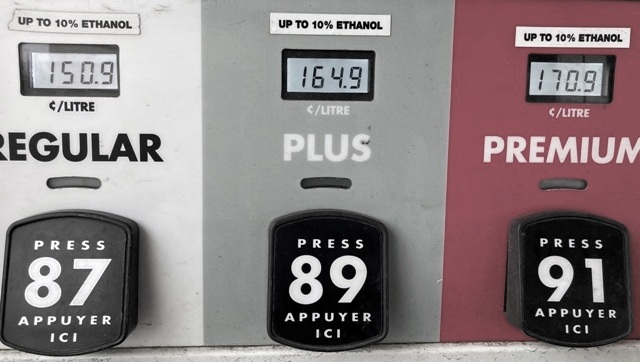
Btw, mid grade gas is a mix of regular and premium, fuel pump does that automatically when you select mid grade 89 octane. Price difference then should be split equally too but it is not. As you can see on image above, price of mid grade is 15 cents higher than regular gas when it should be 10 cents higher.
Why? Who knows…maybe because premium cars which ask exclusively for 91 octane type of fuel (BMW, Mercedes, Audi, etc) can generally work fine with 89 octane, and drivers of these cars shouldn’t get off that easy?
( If you are also looking for fast and easy solution to sell your car, more here on “How To Sell Your Car Fast Ontario”. )
2. Buy a Fuel Efficient Vehicle
Not saying to drop your SUV and buy a Civic when you have three children but you can choose a more efficient engine, usually there is more than one engine option offered on same vehicle class. Efficiency of a car depends mostly on its size, logically bigger and heavier cars will consume more fuel but engine displacement and design plays an important role too.
Manufacturers often offer different engines on same vehicle models, usually 6 cylinders with bigger displacement and 4 cylinder turbo with smaller displacement. For example, Chevrolet Blazer offers two different engines, a 2.0 liter turbo and 3.6 liter naturally aspirated.
Smaller 2.0 liter engine has a much better fuel efficiency but a slower acceleration and less towing capability. It’s a compromise one has to make when choosing what engine fits their needs best.
While going for smaller displacement engine you will lose on acceleration and fun, there will be a substantial difference in your monthly fuel bill. Look at it this way, sitting at a red light or stuck in traffic for an hour, there is a difference in fuel consumption between a V6 3.0L engine idling and a 4 cylinder 2.0L turbo.
Bigger engine will consume more fuel, and you are just sitting in traffic doing nothing, especially in city driving where idling in traffic is a way of life.
3. Maintain Your Car
Maximize fuel efficiency and performance by properly maintaining your car. Modern cars do not need “tune ups” anymore but that doesn’t mean your car does not need general maintenance. Do not drive with check engine light on, or other warning lights in your dashboard. Repair anything necessary to keep your car in optimal working condition. Details on: Dashboard Warning Lights.
Problems which affect fuel economy include: Oxygen sensor failure, Dirty Mass Air Flow, Spark Plugs old or worn, dirty or clogged Air Filter, Wheel Alignment, clogged PCV valve, Catalytic Converter clogged on below efficiency, Evaporation or Engine vacuum leaks. Most of these performance issues will also trigger a check engine light.
4. Engine Oil
Change engine oil on time with manufacturer recommended oil grade (Oil Change Intervals). Change transmission fluid and spark plugs every 80-100,000km, more on Transmission Fluid and Spark Plug change intervals.
5. Reduce Weight of Your Car
Empty your trunk, don’t throw your spare tire and car jack in the garbage but all the other junk sitting there for years has to go. Weight equals fuel economy and a lighter vehicle will bring best fuel savings.
6. Reduce Use of Air Conditioning
Air conditioning compressor needs engine power to work and will raise engine fuel consumption by about 10%. Well, on hot days when you need A/C you need A/C, but if you can make do with windows down on a cool day, then turn Air Conditioning off and roll down a window.
7. Inflate Your Tires
Check your tire pressure periodically and keep tires inflated based on manufactures specifications, tire recommendation pressure sticker is located usually on drivers door panel. Deflated tires will raise fuel consumption and also lower tire lifespan. Since we are talking about tires: How to Check Tire Age.
8. Accelerate Slower
Pedal to the metal cots money, and it’s completely unnecessary to accelerate fast when you will be on your brakes about 10 seconds later. Take it easy on gas pedal, you’re not going anywhere fast in heavy city traffic, just wasting fuel.
9. Choose the Right Time to Fill up
For some vague reasons, fuel goes up on weekends and holidays in Ontario (and Canada). Why plebs needs to pay more for fuel on a Saturday than on a Monday is beyond logic but anyways, fill up your tank during the week and avoid pump visits on weekends or holidays.
10. Reduce Engine Warm Time in Winter
Modern engines do not need much warming up on cold temperatures, 30 seconds to a minute will do just fine.
Reducing engine warm up periods to a minimum of one minute or so, will make a significant difference on your fuel bill. Remote starting your car and leaving it run for 15 minutes every morning is wasting fuel for no reason, more on Warming up Your Car in Winter.
11. Use Apps to Find Cheapest Gas Prices
Whatever you need, there is an app for that, same with fuel prices. There are apps on IOS and Android which track cheapest gas stations in Ontario and help you save on gas:
- GasBuddy: very easy app to use and tracks every gas stations by price. GasBuddy app tracks more than 150,000 gas stations in US and Canada.
- CAA: is a Canadian Automobile Association app, you need membership to use it but if you’re already a CAA member it will help find cheapest gas stations around you.
- Waze: this is a traffic app but also provides reliable gas prices in your area, information on gas prices is collected from Waze users, same as traffic jams, accidents, police, etc.
12. Use Credit Cards Which Offer Rewards
Using credit cards which offer rewards when buying gas can be a good way to minimize fuel costs. Always assuming you pay your credit card bill every month, otherwise never mind and use cash as interest rates on credit cards unpaid balances are destructive to say the least.
13. Use Loyalty Programs
Gas stations in Ontario often offer perks and discounts to loyal customers for buying gas exclusively from them, using these programs will save on fuel bills. Costco for example has such a program and their gas prices are much cheaper, however you have to be a Costco member to buy gas at Costco gas stations. That shouldn’t be a problem, almost everyone is Costco member and also that’s where the money is for Costco, membership fees make up for almost 80% of their net profits.
14. Roof rack and Cargo Box
Those flat and teardrop shaped surfaces you see on almost all cars nowadays? There is a reason for that and why cars look all the same now: Aerodynamics. Roof racks and cargo box increase air resistance and decrease fuel economy by about 5%, especially on high speed (highway) when air resistance is higher. Roof racks usually are a pain to remove and probably not worth it, but at least remove cargo box when you are not using it, will help with fuel efficiency.
15. Wheel Alignment
Wheel alignment is an adjustment done to vehicle suspension to keep wheels (front and back) aligned in relation to each other, Wheel aliment will affect fuel economy, and is worth it to have your car alignment checked periodically. More details on Wheel Alignment.
(If you are also looking for a fast and easy solution to sell a car, details here on “How To Sell Your Car Fast In Ontario”. )
Comments: If you have any questions or suggestions related to this post or Used Car Toronto in general, don’t hesitate to use comment section below.


